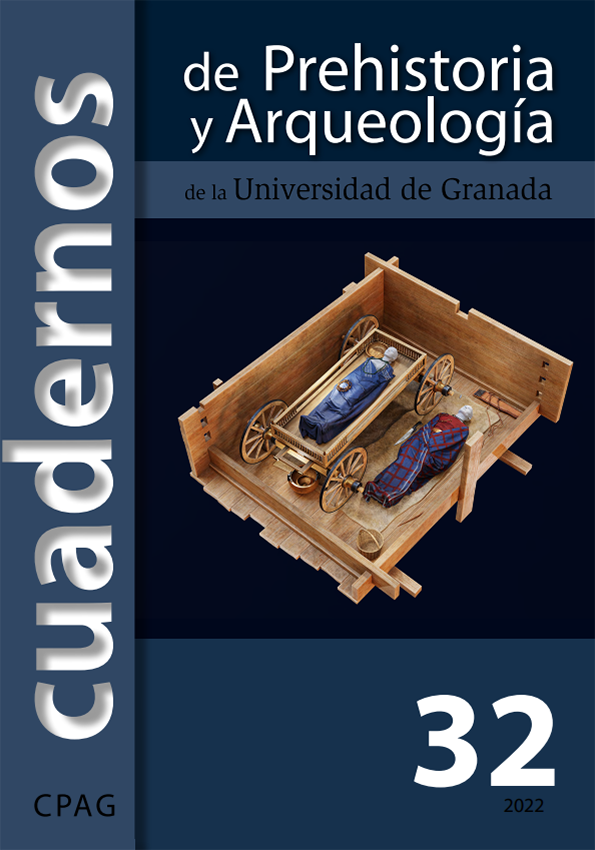THE TOMB OF SERVILIA IN THE ROMAN NECROPOLIS OF CARMONA: A NEW FUNTIONAL INTERPRETATION
Main Article Content
Abstract
Between 1905 and 1908, Juan Fernández López, one of the discoverers and owners of the Roman Necropolis of Carmona, unearthed (as no excavation was actually carried out even by the standards of the time) the tomb of Servilia, which is probably the most extensive Roman tomb ever found in Spain. The tomb of Servilia was built during the first decades of the 1st century AD and belonged to the Servilia family, one of the main gens of Carmona in the 1st and 2nd centuries AD. This tomb is arranged around a central atrium with a double row of columns.
On its eastern edge, with access from the outside, there was an underground passage leading to the burial chamber, also dug into the rock and supported by imposing arches.
Because of its impressive state of preservation, the Servilia tomb has been the subject of several studies, but always from a typological point of view. This paper approaches the Servilia tomb from a different angle. After describing a large amount of new archaeological evidence, neglected until now, a new functional and symbolic understanding of this tomb is presented. As the main novelty, a distinction has been made between the funerary banquets held for commemorative purposes and those that took place after the paterfamilias had been buried. The latter, which took place in the atrium, fulfilled the double function of honoring the deceased and serving for the effective transmission of the property left as an inheritance.



